Art of Burning: The Benefits of Using Yakisugi (Shou Sugi Ban)
Published: Friday, March 13, 2020
In a changing world full of technology, we are being constantly flooded with new information and ideas on a daily basis. When you are a service professional, this information can be an invaluable asset to your company. This is exactly how we feel when we discovered the Ancient Japanese method of Wood Burning to create a product called Yakisugi (also known in the West as Shou Sugi Ban.) When first trying to understand this method of treating wood, it doesn’t make much logical sense. Once you dig deeper though, you find out how exceptionally clever and useful this process can be to maximize the life of your materials.
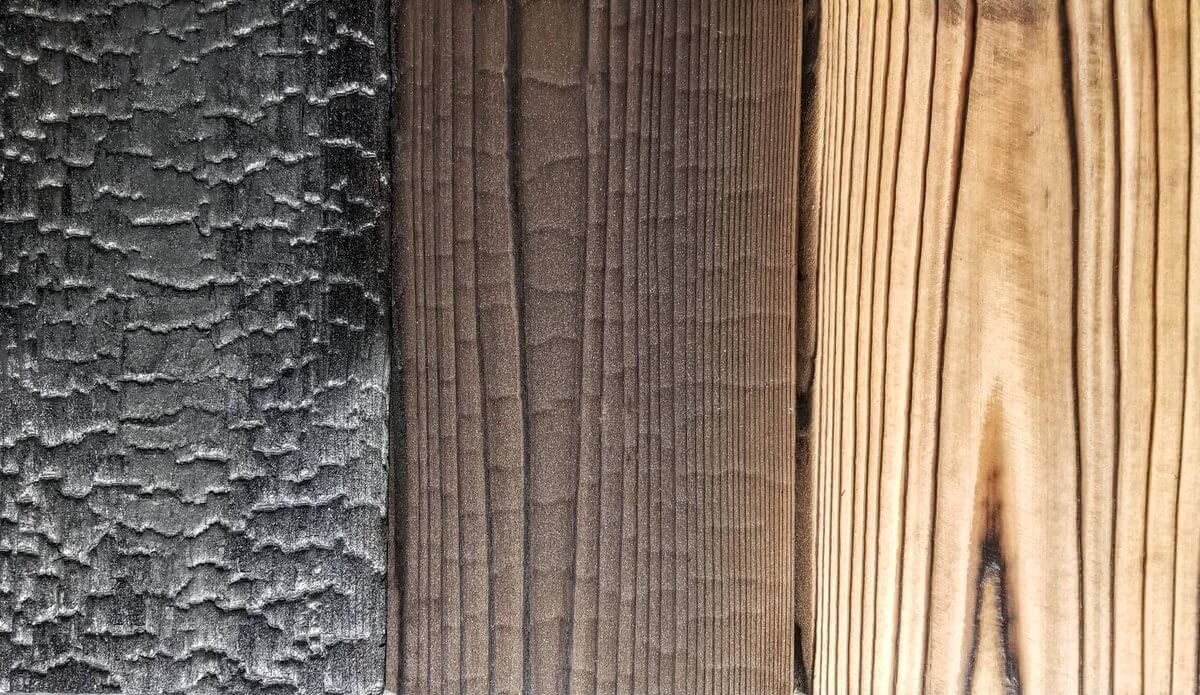
Burning wood is something humans have done for hundreds and thousands of years. Whether it’s cooking food, or just simply staying warm, the ability to manipulate fires has proven to be one of the biggest assets to human-kind. For the last 2 centuries (and some say even longer) there’s a process used by the Japanese, to create a more durable material, which extends the length of usability for their wood products. This technique of wood burning creates a product called Yakisugi, or Shou Sugi Ban, depending on who you ask or where you are. Either way, this term roughly translates to (Fire Board.) While it’s difficult to determine exactly when this method started being used, some speculate the technique is as old as 711 AD, or about 1,309 years old. With that being said, this technique is known to have some pretty incredible results when properly applied.
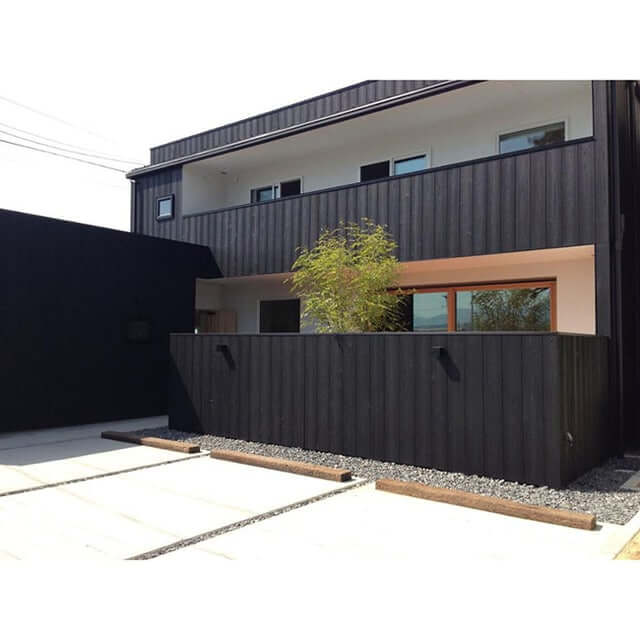
In a time/world ran by instant-gratification, it’s hard to find old, proven techniques that are still applicable today to improve our lives, as they are usually considered too time-consuming or inefficient for modern-day applications. This is simply not the case for Yakisugi, and it’s a good thing. Today, Yakisugi is used for many things, like siding or decking. This product is still used today to not only create a dramatic visual, but also has some incredible scientifically proven benefits as well. These include being fire-retardant (fighting fire, with fire), water-resistant, and insect/pest-resistant. While I’m not a scientist myself, I will do my best to break down how, and why these properties are imparted to the charred wood materials.
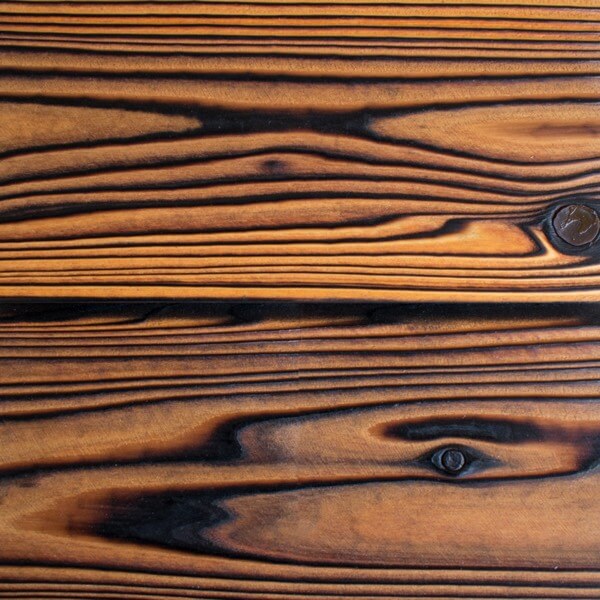
Fire-Retardant
Fighting fire with fire is a classic example of a useless or insane venture. In the case of Yakisugi, it’s the opposite of useless. In fact, it makes a lot more sense than you would think. When applying the wood-burning method to create a Yakisugi board, you are charring the wood to essentially rid the wood of it’s softer outer-layer. When the wood is being burned, the porous material within the wood’s inner-layer actually starts to close its’ pores and becomes much more stable and durable. This first step of the process will also make the wood more stable and stronger overall. This carbonization of the outer-layer of the wood, actually creates a layer of carbon that prevents the wood from burning so quickly, which is what makes the wood flame-retardant.
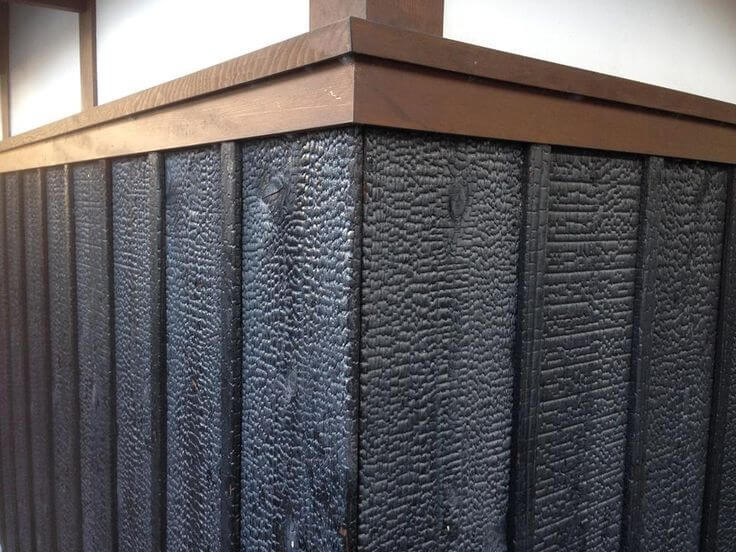
Water-Resistant
As I mentioned previously, wood has pores, which allows it to distribute moisture when it’s alive as a tree. Once the tree is cut down and processed into wood products though, this porous material can actually become more of a problem than a benefit, at least when it comes to direct contact with water. Fortunately, we have Yakisugi to save the day. When the wood is being charred, the pores within the wood actually start to shrink and close. What this means, is that it becomes much more difficult for the board to soak up and take on water.
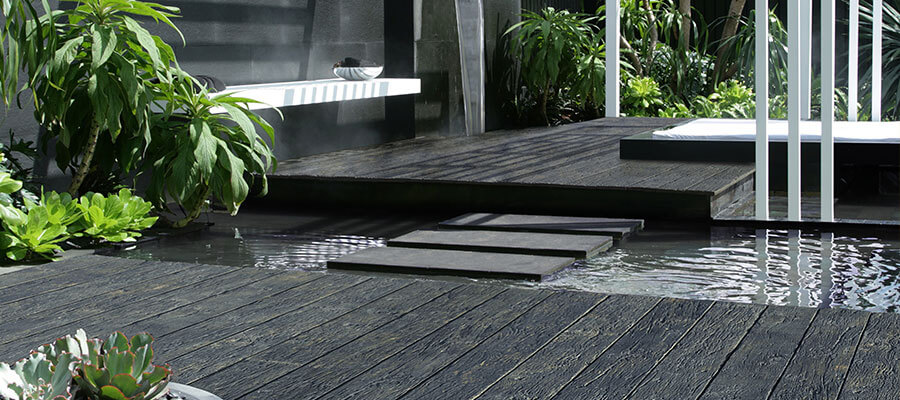
Pest/Insect-Resistant
If you live somewhere that termites or other wood-consuming pests are prevalent, using Yakisugi for your home project may save you a fortune later. This is because termites and other pests, only like to eat wood with hemicellulose. When you burn the wood, this hemicellulose gets burnt and thus minimizes pests/insects, and fungi from affecting the wood. While the insects may still decide to consume the wood, it’s much less likely than with a standard hardwood.
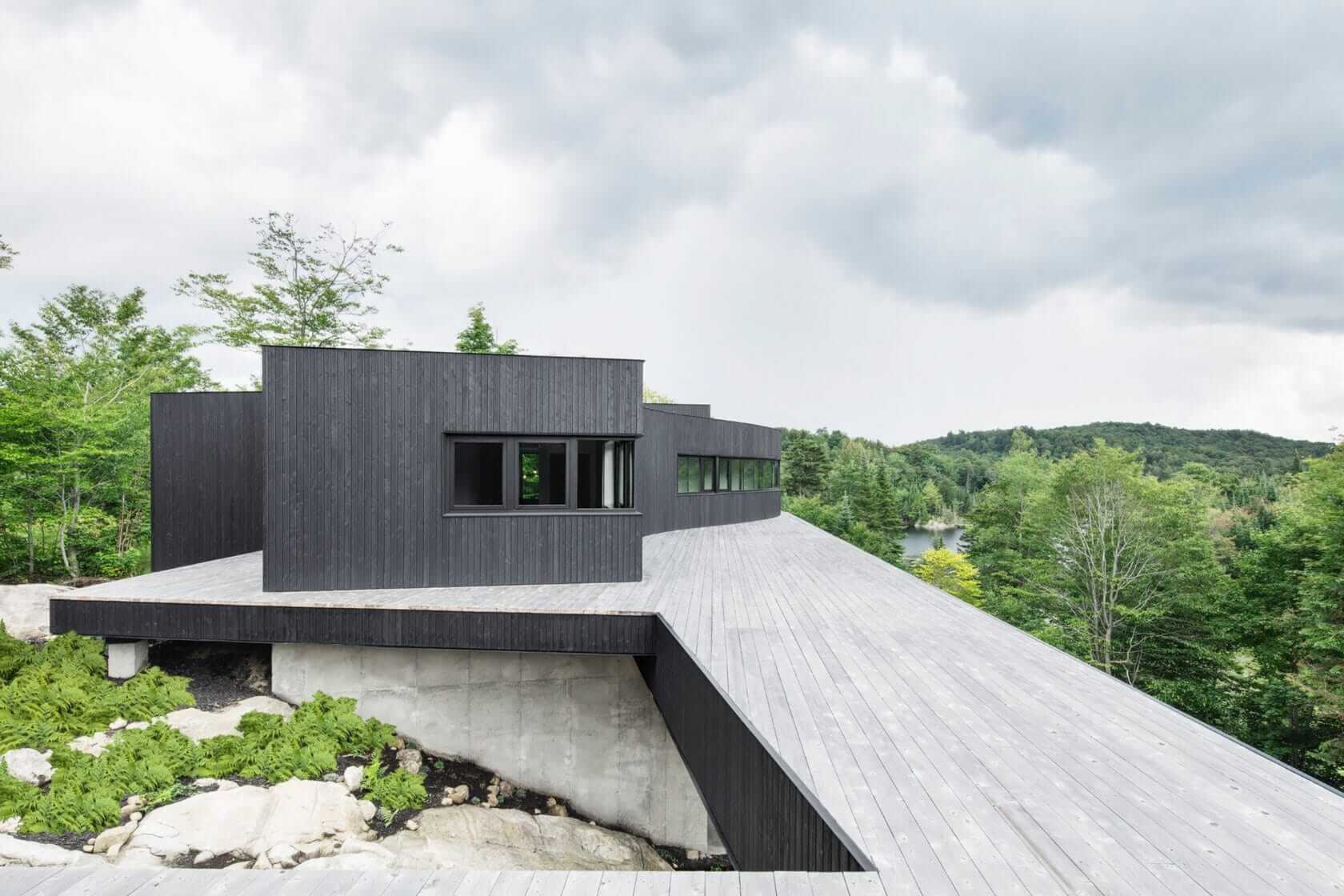
In conclusion, there are numerous applications for Yakisugi boards, siding, and products in general. Not only does it look incredible compared to non-treated wood, it also increases the longevity and durability of your material to ensure that you’re minimizing your costs to upkeep your home. If you are interested in using these materials for your next project, give us a call for a free quote on your project today!
